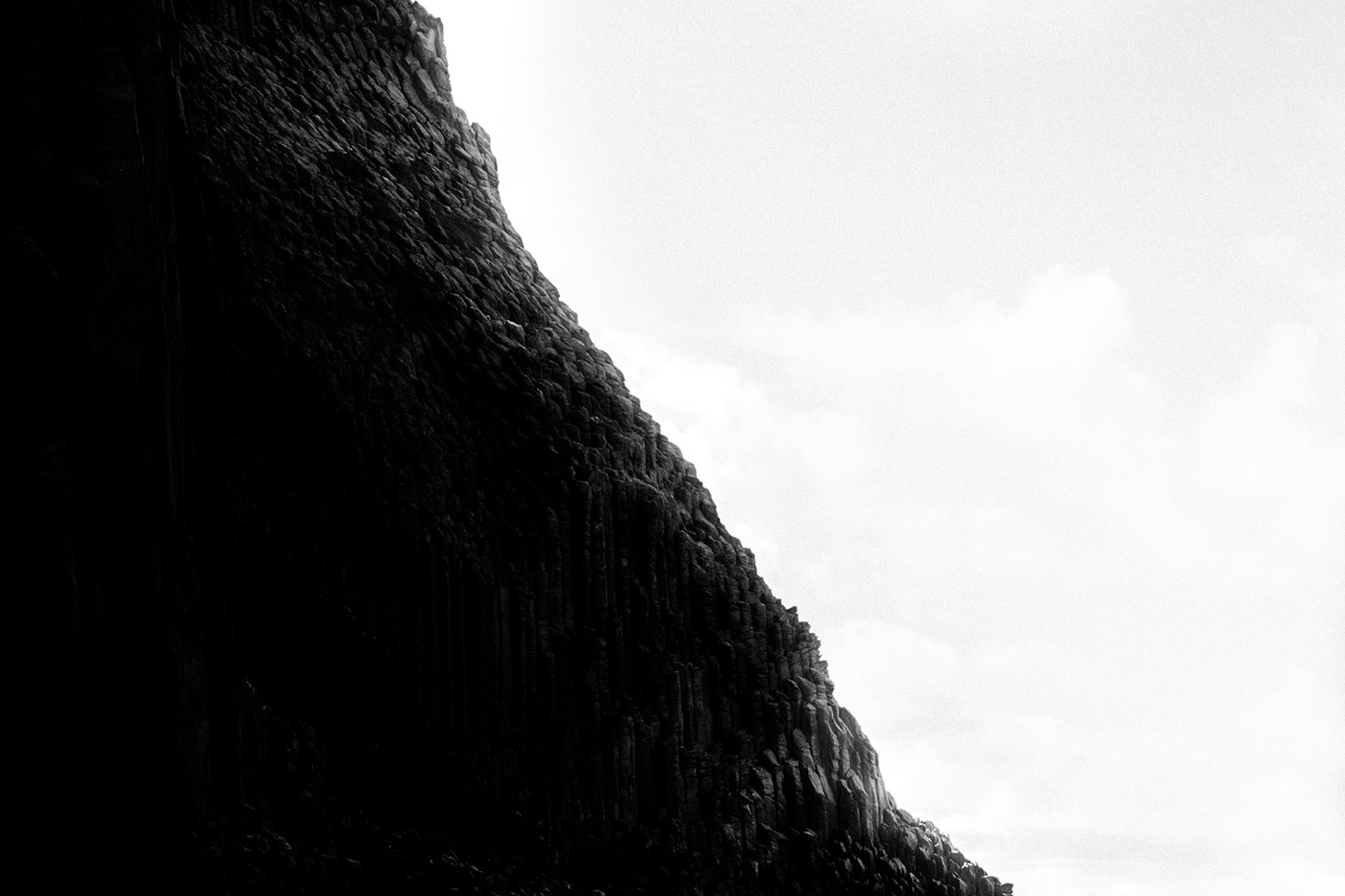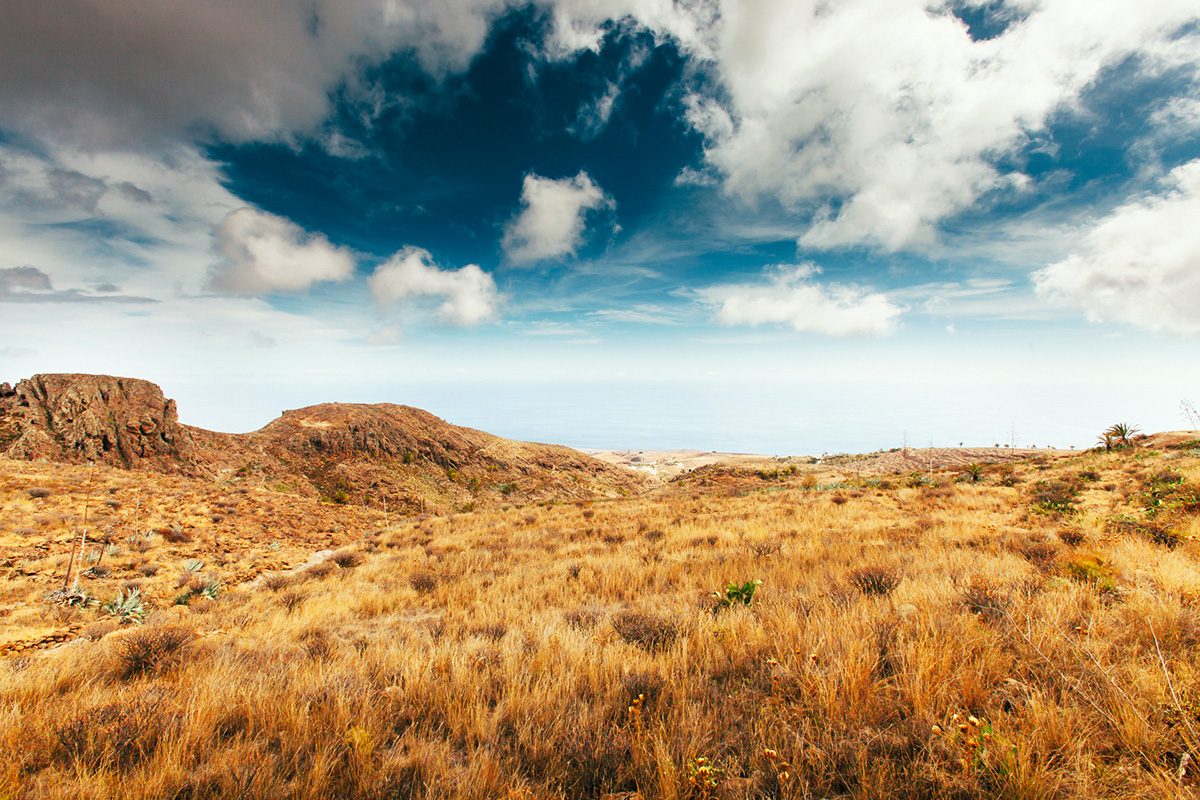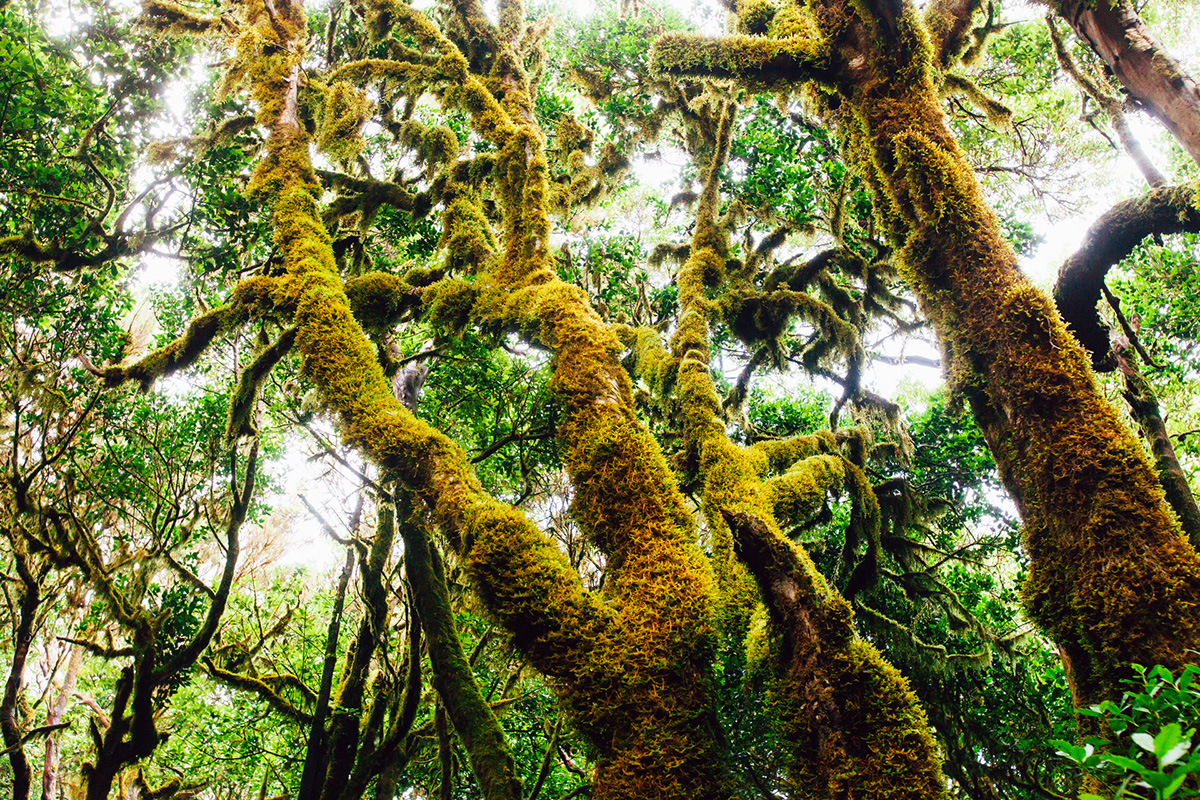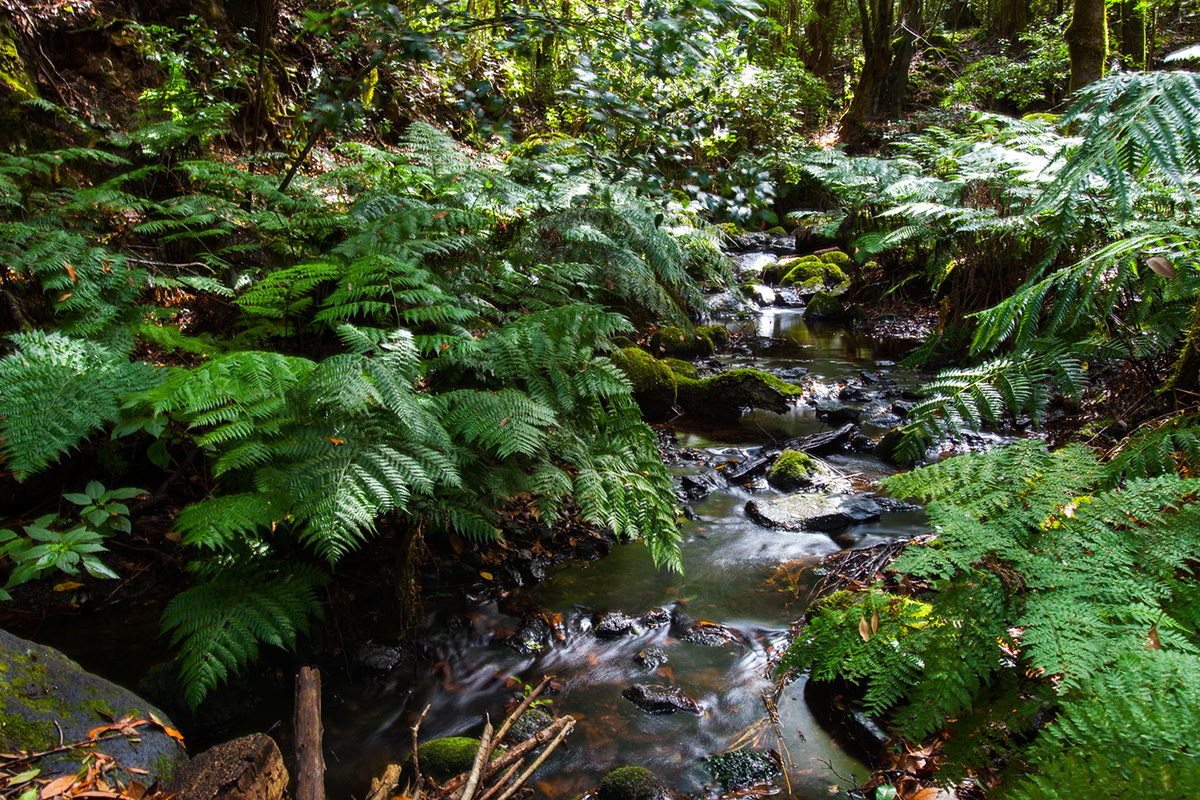
Surrounded by silence, with only sea, sky and nature for company, this may be one of Europe’s finest destinations.
The second-smallest of the seven Canary Islands – near-circular and with a diameter of only 25 kilometres – La Gomera feels like the island that time forgot. You can drive through soaring ravines and sleepy mountain villages down to deserted rocky beaches without encountering a single traffic light.
Definitely worth a visit is the island’s astonishing Garajonay National Park, an ancient Laurisilva rainforest cloaked in silvery mists, clouds and dense with subtropical vegetation. Next to the Laurisilva of Madeira (Portugal), Garajonay National Park preserves an outstanding example of this unique vegetation. These forests are relict ecosystems, living remnants of the old rainforests and warm temperate forests that occupied much of Europe and North Africa during the Tertiary. Today, they are a refuge for an exceptional number of endemic species, which in many cases are also threatened.
One extraordinary example of endemic species is the Boettger’s lizard (Gallotia caesaris gomerae). A tiny and very active lizard you might encounter at 1487 metres at the islands highest peak, Alto de Garajonay.
La Gomera felt years away from the chaos and brashness associated with the Canary Islands’ more obvious tourist destinations.















